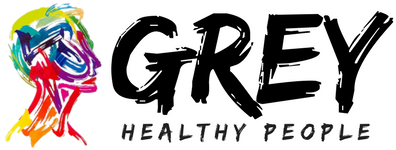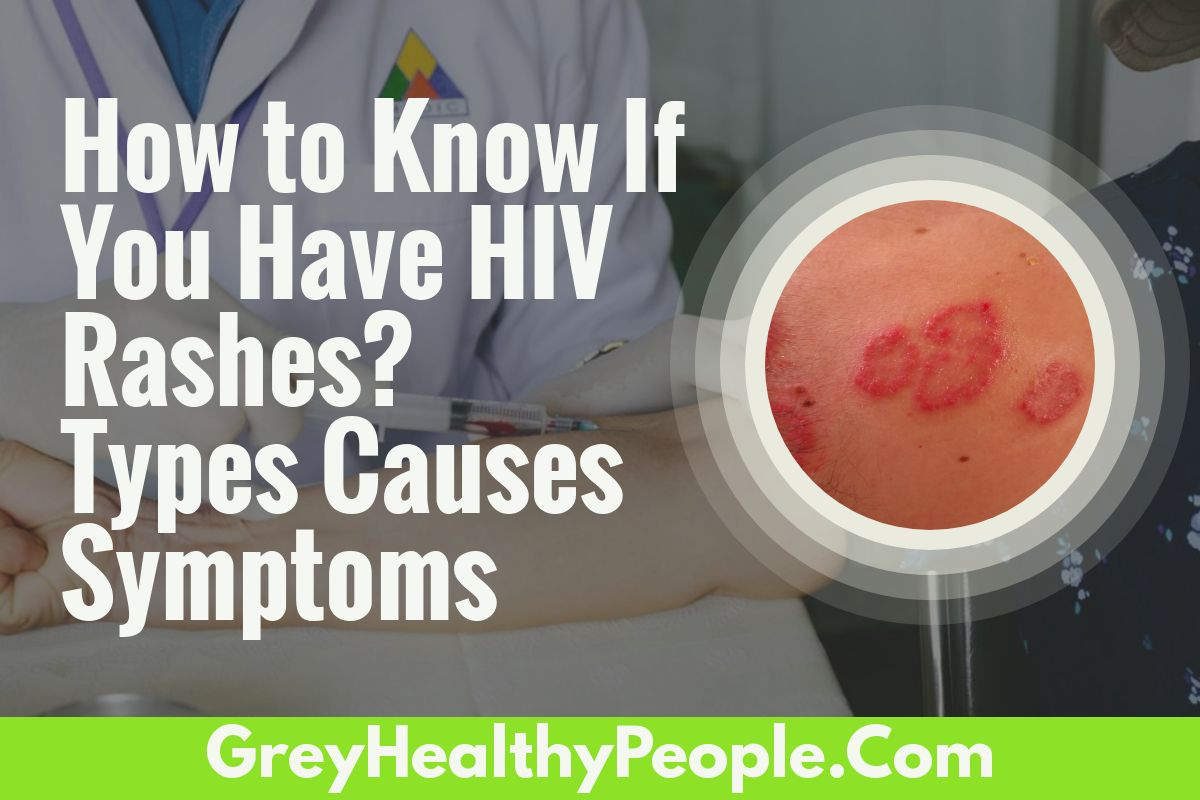Whole Story about HIV Rash: Many people develop skin rashes at some point during the course of their HIV disease. For some individuals, it may be one of the first signs of HIV infection. The rashes appear in the skin as reddish, patches or scales.
Certain symptoms can provide you with a hint that something is going wrong inside your body. If you have any unexplained rashes, don’t neglect! Schedule a doctor’s appointment and put off yourself from getting tested. If your healthcare provider prescribes you with medications, buy medicines online from any trusted online medicine store and avail discounts on every order.
Just keep reading the article to know everything about HIV rashes like:
- Types of HIV Rashes
- Causes of HIV Rashes
- Symptoms of HIV Rashes
- How long do HIV rashes last?
- Difference between Common Rashes and an HIV Rash?
- Does HIV rash appear all at once?
- Can HIV cause skin rashes?
Read More: Why STD Testing is Belongs to Corporate Wellness? Know More
Types of HIV Rashes:
HIV prone individuals have compressed immune system and hence they lose the ability to fight off infections. HIV individuals develop a range of skin infections and rashes. Here, we have listed a few types of rashes and skin infections commonly seen among HIV individuals. Check out now!
- Seroconversion rash: Individuals develop flu-like symptom and rash within a few weeks of HIV infection. The affected individuals produce HIV antibodies and this process is known as seroconversion rash.
- Allergic reaction to HIV drugs: Individuals who are on HIV drugs, there is more possibility to develop allergic reactions in the form of skin rash along with fever and muscle pain.
- Cellulitis: Cellulitis is an infection which occurs in the deepest layers of skin causing severe pain and swelling along with fever. You feel hot near the rash area and red streak develops as the rash spreads to other parts of the body.
- Herpes: Herpes is a highly contagious disease and it occurs as rashes over the body. Since HIV individuals have a weak immune system, they can’t defend against the Herpes virus.
- Molluscum contagiosum: This viral skin infection, also called water warts, develops as pink, small and raised lesions with a dimple in the centre. The lesion can spread to other people as well.
- Dermatitis: Among the different form of dermatitis, the most commonly seen in HIV patient are Seborrheic dermatitis. The rashes appear in the form of scaly plagues. These are visible on the chest, face, groin and scalp. These rashes tend to get worse over time.
- Folliculitis: Folliculitis is formed due to an infected hair follicle. Red, pus-filled bumps are seen on the face or legs. The bump looks like a pimple and may contain an ingrown hair.
- Scabies: It is a highly contagious disease and can pass to another person through direct skin contact. It is caused by a mite known as the Sarcoptes scabiei. The individuals with scabies will experience itching and rashes on the skin.
- Fungal infections: people with HIV are more prone to different fungal infections. Ringworm is the most common fungal infection seen among them.
Causes of HIV rashes:
Many factors can cause HIV rashes in humans. Here, we discuss a few most common factors that can develop as rash in HIV patients.
- The HIV infection
- Side effects or Allergies from medication
- Very low levels of cholesterol
- Infections pass to a baby through pregnancy
Symptoms of HIV rashes:
Symptoms of HIV rashes vary from person to person. Usually, the symptom develops on the face, chest, hands and feet, but for a few individuals, it may appear around the genitalia, eyes and mouth. Individuals with HIV rash will experience 2 types of symptoms.
- Red bumps/ black bumps all over the skin
- Scaly plagues all over the skin
Apart from the above-said symptoms, individuals may have other symptoms too:
- Feeling fatigued
- Swelling in the glands
- Short term memory loss
- Pain in the muscles and joints
- Frequent attack to flu and fever
- Body chills
- Peeling of the skin due to a lesion
- Itchiness
How long do HIV rashes last?
Rashes caused due to HIV infection can last up to 2 to 3 weeks, but, it all depends upon the overall health of an HIV individual, access to medical care and the use of certain medications. The rashes which appeared because of steroconversion usually disappear on its own. Rashes which are formed due to infections such as Herpes and psoriasis may come and go in a random manner.
But often, people with HIV who developed rashes during their disease course may also develop rashes in the later part of their life.
Difference between common rashes and HIV rash:
Ideally, it’s difficult to differentiate between HIV rash and common rashes. But, in the case of HIV, flu-like symptoms will be accompanied along with lymphadenopathy. Make sure to visit your medical doctor for a thorough clinical examination to check for the lesions and to carry out other possible tests for confirmation. you can also visit to your nearest HIV testing centre.
Read More: A Complete Guide on Skin Tags Removal and Facts
Does HIV rash appear all at once?
No, it doesn’t appear all at once. Usually, the rashes can happen at any stage of HIV infection. You can see the rashes between 2-3 weeks after the onset of infection, itchy and sore rashes may appear in the third stage of infection. The rashes which are caused due to bacterial or fungal infections like Impetigo, Herpes, etc. are seen in the patients with an advanced stage of HIV. This triggered owing to weakened immunity.
Can HIV cause skin rashes?
Yes, HIV can cause skin rashes. Some rashes are mild, whereas others can cause serious damage to the skin.
Rashes appearing in HIV patients are quite common. But, you need to take extra care to make sure your health is in good condition. If you’re ever in doubt about your skin rashes, get tested right away. The sooner you start the treatment, the faster you can get back to your normal life! Order your recommended medicines from any reputed online pharmacy store and avail special offers and huge discounts on medicines.




